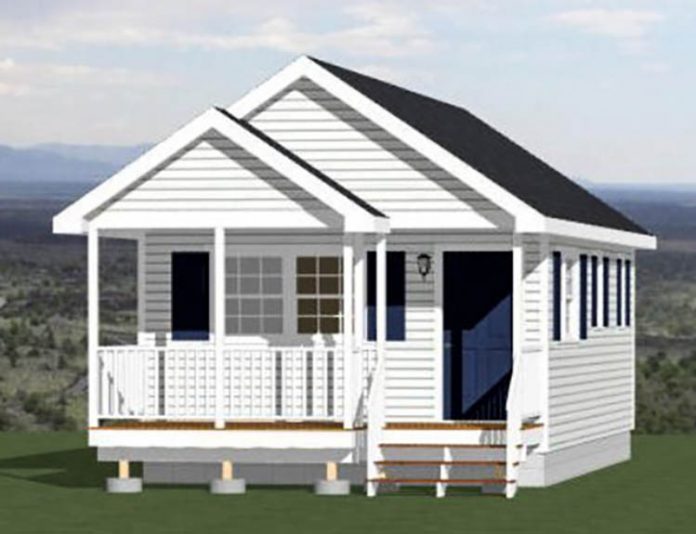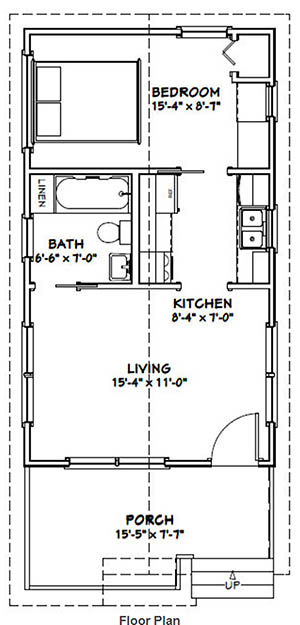
By Stefanie Jackson – The New Road Community Development Group and its first executive director, the late Ruth Wise, made Eastern Shore history in the 1990s when they advocated for families in Exmore’s historically Black community of New Road, enabling low-income families to purchase affordable homes and getting running water and sewer installed in the neighborhood after decades of going without.
Now Ruth Wise’s daughter and the current executive director of New Road, Ava Wise, is on a mission to empower the next generation to own their own homes.
After New Road was formed in 1992, the group obtained a low-interest loan to purchase more than 50 rental homes and 30 acres in Exmore.
There were about nine acres left over after New Road’s initial housing and infrastructure project was completed. That land, which sits on Route 13 and the aptly renamed Ruth Wise Road, was reserved for a future commercial development project, Ava Wise explained in an April 12 interview with the Eastern Shore Post.
After years passed with little interest in the property from retailers, the land was re-envisioned as a location for a business incubator and commercial kitchen for budding entrepreneurs.
The vision evolved further as 21st-century economic downturns highlighted a renewed need for affordable housing. Wise said commercial development is “still on the table” for the new project, but affordable housing is the centerpiece.
Wise’s vision for the new development is creating a walkable community with common areas and three sizes of lots and homes suited for a variety of housing needs: tiny homes of 500 square feet or less for singles or couples, homes of about 700 to 800 square feet for small families, and homes of about 1,000 to 1,200 square feet for larger families.
The minimum lot size permitted in Exmore is 1/4 acre. However, a 1/8-acre lot would be suitable for a tiny home. Town officials have indicated they are willing to be flexible with New Road concerning the lot sizes, Wise said.
Exmore’s zoning ordinance was changed in 2017 to allow just this sort of housing development, she added.
Wise indicated that the addition to the New Road community won’t look like a typical housing project. Since access to water and sewer service are no longer issues for New Road, this time around, the group can invest resources in upgrades such as sidewalks, curbs, and gutters, providing the new neighborhood with “visual equity.”
Any future commercial development, such as a small plaza and parking lot, would be located at the front of the property on Route 13, so no homes will be directly on the highway, Wise noted.
Wise estimated price ranges that would be reasonable for low-income homebuyers: around $55,000 for a tiny home, from the $70,000s to the $80,000s for a mid-sized home, and from the mid-$90,000s to the low $100,000s for a larger home.
Her goal is for all the mortgages on the new homes to have monthly payments of $500 or less, with loan terms varying in length based on the size and price of the homes. For example, a tiny home would be paid off in 15 years, and a larger home would be paid off in 20 or 30 years.
Because New Road owns its land debt-free, and the land already has the capacity for water and sewer service, the group can pass on its financial savings to its clients, Wise noted.
For example, New Road’s newest homeowner is a mother of one, who works at a convenience store in Cape Charles. She purchased a two-bedroom, former rental home in New Road, and her mortgage payment is only $335 a month for 96 months, or eight years, Wise said.
After those eight years have passed, the client will own a valuable asset and can use the equity in her home to finance an addition to the house, college tuition for her son, or any other investment.
New Road also is able to provide alternative financing options for prospective homeowners who would not be able to qualify for financing on their own.
Wise said New Road is remodeling six homes and will hold their respective mortgages for 12 months; if the residents make their payments faithfully, New Road will negotiate with formal banking institutions to take over the mortgages so the homeowners can continue making payments and “build the credit history that will help even further solidify them financially.”
Homeownership is the number one way Americans can build wealth, Wise said.
“That is the opportunity that we wanted to afford people 30 years ago, and in this final phase of the New Road community development process, that is the same opportunity we want to afford people,” she said.
Wise credits her mother with being “smart” for not acquiring excessive debt years ago. New Road pays a large real estate tax bill every year, but it’s for a “worthy endeavor,” Ava Wise said.
She remembered her mother joking about being “cash poor and land rich,” but “now we have the opportunity to share that land wealth with the community.”
“I’m so fortunate to be able to pass that opportunity on to the community that she cared so much about,” Ava Wise said.
Even though New Road owns its land and the zoning is in place to move the housing development forward, there are still obstacles to overcome.
Right now the project is stalled due to high costs of construction materials and low availability of contractors.
Wise remarked that she recently paid $69 for a single sheet of plywood and at those prices, it would be impossible to build an affordable home in the New Road community.
Area contractors are all about seven or eight months behind schedule right now, she added.
But Wise is looking at modern technology that could possibly provide a solution: 3D printers.
Building homes with giant 3D printers saves time and money. A 3D printed home can be built in as little as six hours. Because labor costs are drastically reduced, a home that normally would cost $50,000 can be built for $20,000, Wise said.
Materials used to 3D print homes may include concrete, wood fiber, and plastic.
A demonstration of the construction of a 3D printed house will be held in Richmond later this month, Wise noted.
She is also considering cost-saving measures such as building homes on concrete slab foundations (reducing construction costs because there is no crawlspace or basement) or using mini-splits instead of traditional heating and cooling systems that require ductwork to be installed.
Wise doesn’t know exactly how the new homes will look when they’re built, since cost will be a factor in the final designs, but “what we are absolutely certain is that we want something that … has curb appeal, looks good, that is comfortable, quality construction, that people can have a quality home that will not only look good but stand the test of time.”
Despite the setbacks, Wise is excited to see the potential of the undeveloped property fulfilled. The engineering firm working to develop the site is located in Pocomoke City, Md., and has designed communities in Captains Cove, Greenbackville, and Maryland, she said.
“We’re hoping that they can come to Exmore and really do an excellent, good job in helping us to design a walkable community that is both in keeping with the history and character of the existing community but also moves us forward in thinking about how we would like to live in the years to come.”

house has all the basics. Submitted image.


